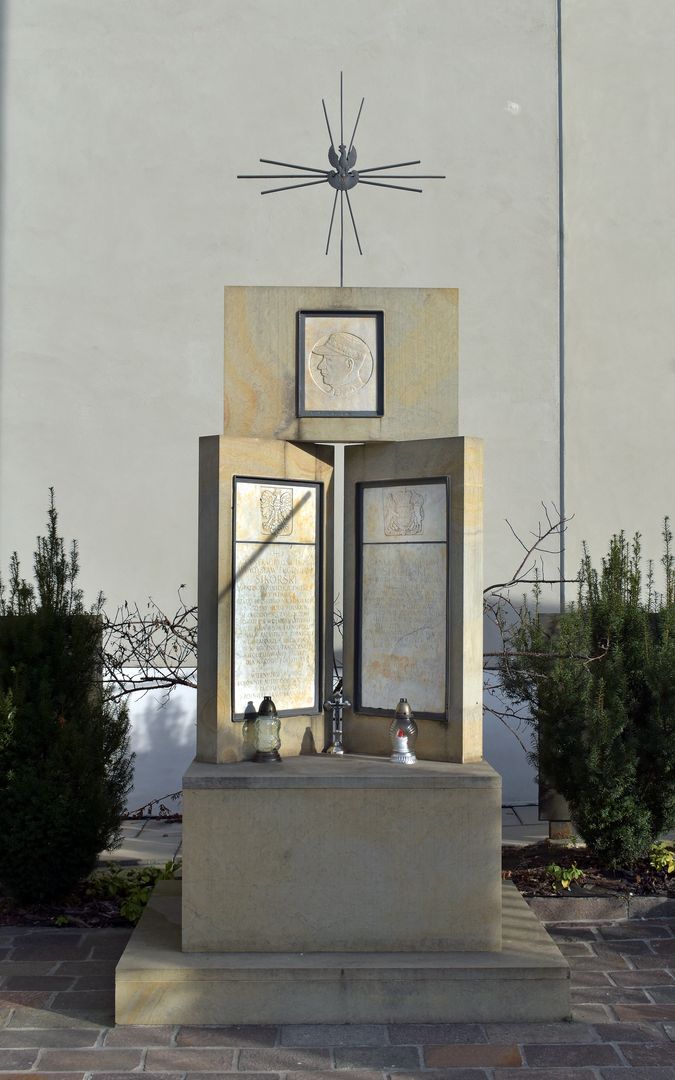St. Agnes Church in Krakow
6.06

Overview
The Garrison Church of St. Agnes in Kraków, built in the 15th century, has a rich history that reflects the turbulent fate of the region. Initially a wooden structure, it was repeatedly destroyed by fires, which led to the construction of a new Baroque temple between 1660 and 1680. The church's architecture features an oriented plan and barrel vaults with lunettes, while its interior is adorned with stucco decorations and ten statues of saints by Carlo Celano. The main altar, dating from 1932–1933, contains a 17th-century painting of St. Agnes. The church served various functions, from monastic to storage, and after World War II, it was returned to religious worship. In recent years, it has undergone multiple renovations, gaining new stained-glass windows and flooring. An interesting fact is that the ashes of General Józef Haller were interred in the church, and a monument to General Władysław Sikorski was unveiled in front of it. The temple is associated with Polish military traditions and serves as a memorial site for tragic events, such as the Katyn massacre, commemorated with a plaque listing the names of the officers. Today, the church serves not only a religious function but also a cultural one, housing an archival and museum facility.
Location
Tickets
Powered by GetYourGuide
2025 Wizytor | All Rights Reserved